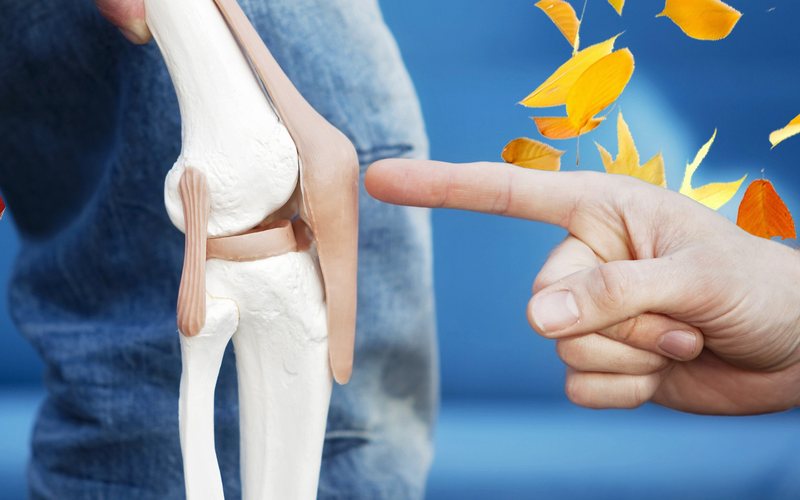April 20 marks World Gout Day, a global push to spread awareness about gout and high uric acid levels. Experts like Dr. Li Fangkai and Dr. Wei Ni from Beijing University of Chinese Medicine Eastern Hospital are setting the record straight on 14 widespread myths.
Many believe that hyperuricemia automatically means gout, but in reality, high uric acid levels only lead to gout when urate crystals trigger joint inflammation. In fact, only about 10% of individuals with elevated levels experience gout attacks.
Here are some of the key myths and the facts behind them:
- Myth: Hyperuricemia equals gout.
Reality: High uric acid does not always cause gout; it only develops when crystals deposit in the joints. - Myth: No treatment is needed if there are no attacks.
Reality: Even without symptoms, high uric acid can raise the risk of diabetes, hypertension, and heart issues. Healthy lifestyle changes and medication can make a big difference. - Myth: Uric acid-lowering drugs severely harm the liver and kidneys.
Reality: These medications are rigorously tested, and with regular monitoring, their side effects are minimal compared to the long-term damage of uncontrolled uric acid. - Myth: You can stop the medication once uric acid levels normalize.
Reality: Gout is a chronic condition that often requires long-term treatment to keep levels in check. - Myth: Starting uric acid-lowering drugs during an acute attack helps.
Reality: During an attack, anti-inflammatory treatments are needed; urate-lowering therapy should only resume after symptoms calm down. - Myth: Any normal uric acid level is sufficient.
Reality: Treatment targets vary depending on the patient’s condition, and maintaining a safe range is crucial. - Myth: Focusing only on pain relief is enough.
Reality: Long-term urate management is essential to prevent recurring flares and complications. - Myth: The lower the uric acid, the better.
Reality: Uric acid also works as an antioxidant, so dropping it too low can have its own risks. - Myth: Intense exercise and heavy sweating eliminate uric acid.
Reality: Moderate aerobic exercise supports overall health, whereas excessive activity may actually increase risk if dehydration occurs. - Myth: Soda water and a low-purine diet alone can prevent gout.
Reality: Diet contributes only about 20% of uric acid levels; a comprehensive approach is needed. - Myth: Gout patients must avoid all meat.
Reality: Lean poultry and freshwater fish can be enjoyed in moderation with proper preparation and portion control. - Myth: Vegetables and fruits can be eaten without limits.
Reality: Some vegetables and fructose-rich fruits may need moderation to keep purine intake balanced. - Myth: Beer is forbidden but white liquor is safe.
Reality: All alcohol can elevate uric acid levels, so moderation is key; some may opt for a small amount of red wine on special occasions. - Myth: Soy products and dairy should be completely avoided.
Reality: Low-fat dairy and soy products are low in purines and can actually help promote uric acid excretion.
The take-home message? A balanced strategy of lifestyle modifications—like a healthy diet, regular exercise, weight management, and proper hydration—paired with appropriate medication can lead to effective, long-term gout management. Stay informed, stay healthy, and take charge of your well-being! 💪😎
Reference(s):
Experts Debunk 14 Common Gout Misconceptions on World Gout Day
bjnews.com.cn




